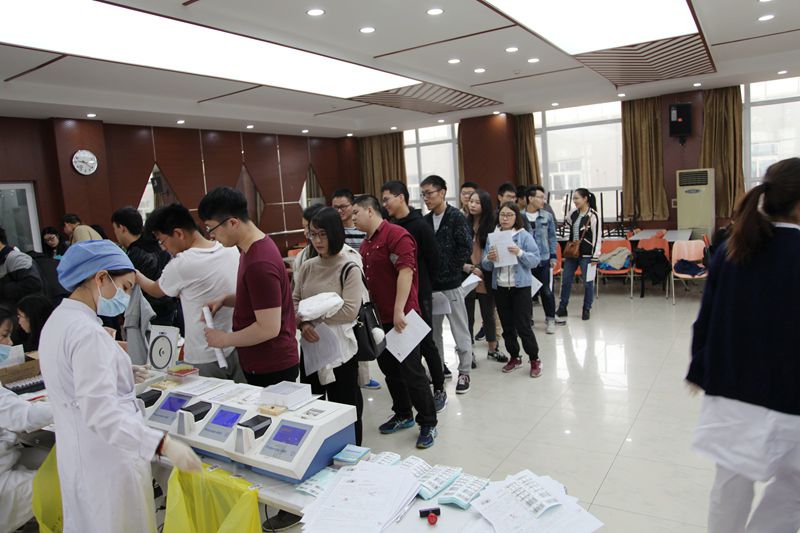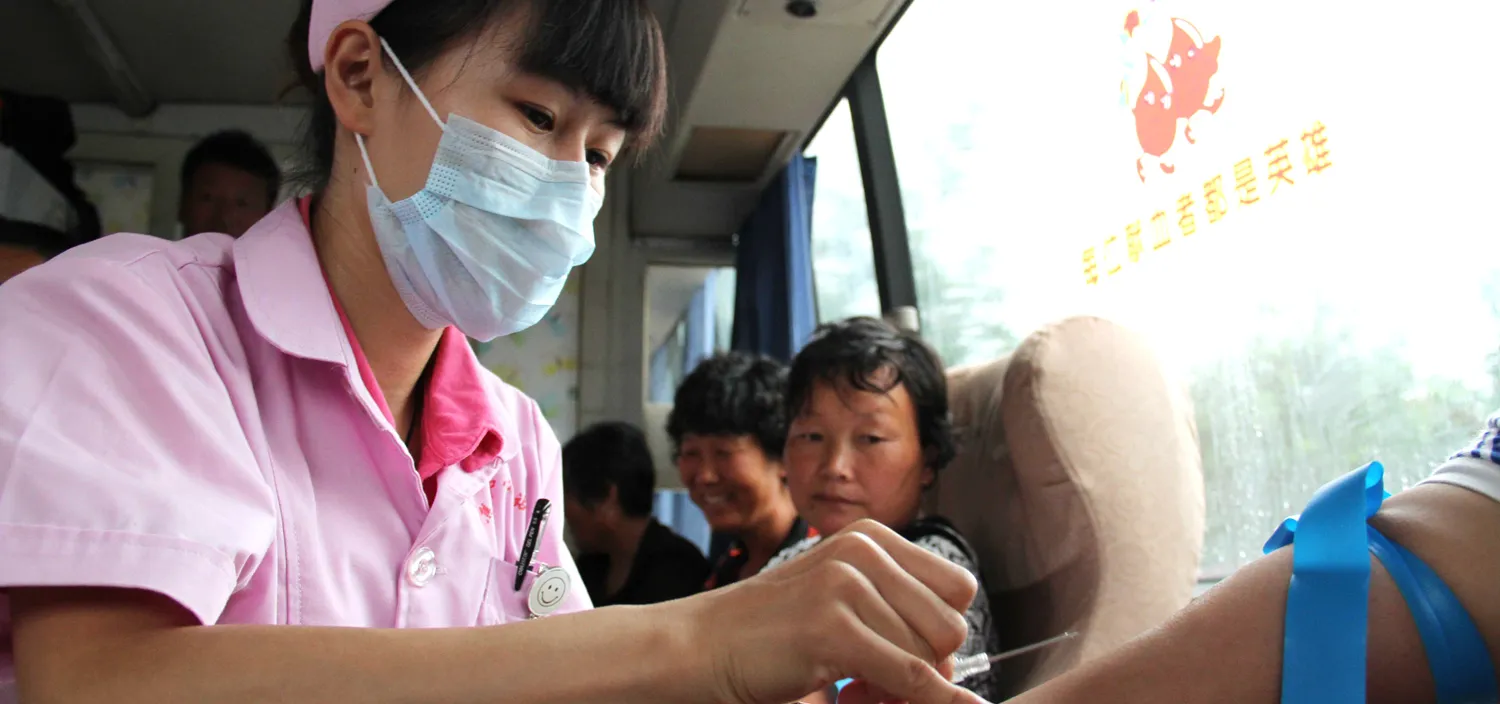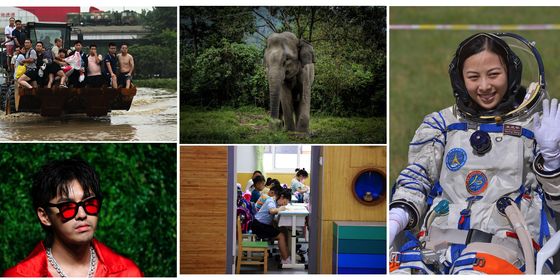China’s blood donor shortages have created a dangerous solution
The front desk at the Beijing Red Cross Blood Center is crowded with visitors trying to have their IDs scanned, grabbing copies of the personal heath survey—the first step to making a voluntary blood donation. There are enthusiastic donor veterans, wearing heart-shaped badges saying “Big Love” and “Dedication”, and those who seem tense, even reluctant. “My father is having surgery and I was asked to come here,” a deeply tanned man, likely a suburban farmer, told staff.
The event is “Mutual Aid Blood Donation” (互助献血, MABD) which, according to the Blood Donation Law, is a form of voluntary donation drive in which “the state advocates and guides surgery patients to store their blood, or motivate family, friends, co-workers and the society to make mutual aid blood donation.” Terms like “advocate” and “guide” all sound fine, but in practical terms, it means that patients are forced by some hospitals to gather enough blood before their surgery is scheduled. Many turn to family and friends for help (though this does not mean the patients will be using their blood directly)
With Chinese blood banks reporting a constant shortage of donations, a dangerously unregulated black market has sprung up around the industry.
Blood shortages have long been a serious problem. A 2011 Beijing Times report reported that local banks held only 33 percent of the standardized supply of some 12,000 units (a unit is 200cc). A spokesperson for the Beijing Municipal Health Bureau admitted the city’s daily blood donation could barely cover the daily usage. This has seriously affected hospitals, whose departments have to constantly postpone operations due to shortages.
During the 1990s, dozens of villages in Henan province were affected by the buying and selling of HIV-positive blood through local banks, many illegal, during a booming “blood economy.” At least 1.3 million people, across dozens of so-called AIDS villages, contracted the “nameless fever” after a visit from one of hundreds of “bloodheads” who roamed the countryside in the mid-90s, buying plasma for small sums of cash, then re-injecting infected blood into donors.
Since 1998, the buying of blood has been outlawed and policies put in place to encourage donation. Under Beijing regulations, a donor should enjoy the free usage of five times the amount of blood they’ve donated within 10 years, while their spouse and direct relatives would be entitled to amounts equal to their donation. Donate more than 1,000cc, and qualify for a lifetime future supply.
In reality, when the time comes, one still has to pay medical fees for the processing and storage of the blood, while the bureaucracy of reimbursement often prohibits donors from fully enjoying these benefits. What’s more, under the current shortage, even donors now have to donate additional rations via MABD.

A blood drive at Chinese Academy of Agricultural Sciences on March, 2017. Since students are the city’s main donors, blood shortages are usually most severe during school holidays (Beijing Red Cross Blood Center)
MABD was seen as the last-chance saloon for many hospitals, and appears to have been proved effective. According to Director Liu Jiang of the Beijing Blood Center, their annual MABD in 2010 amounted to 3,000 units; by 2011, the year the scheme took off, this number had multiplied by ten. But when the duty of gathering donations is transferred to those who simply can’t afford to fail, there’s no surprise it would be more effective.
The more serious consequence is that, under the MABD scheme, the bloodheads are making a secret comeback.
Patients unable to gather the necessary donations—and it’s often difficult, since many travel for treatment to Beijing without the company of extended family and friends—have little choice but to turn to the underground blood market, who recruit strangers to made donations. Though it’s never mentioned by doctors or hospitals officially, it’s not hard to run into people hanging around centers, asking, “Do you need blood donations?”
In a case tried earlier this year in Beijing, a former hospital caretaker surnamed Zhou quit his job to run an underground blood business, charging patients 1,500 RMB for 400cc (two units, the maximum recommended donation). Zhou then recruited migrant and unemployed workers to pose as family and friends, paying them less than a third of the proceeds.
Back in the Red Cross Blood Center, posters and information boards abound in the main hall, explaining the importance and safety of giving blood. But it’s still difficult to convince the average donor to make the standard two-unit donation. Most are much more comfortable giving only half, believing this will reduce any harm to their body. In reality, a two-unit donation is often the minimal dosage of blood transfusion and a single source would minimize any negative reactions for a patient.
According to Xinhua, 140 million people in China made a blood donation last year, about 10 in 1000 – far lower than the average rate in developed countries, which is 33 in 1000. Theories in Traditional Chinese Medicine that blood loss will harm the qi of the body are still widely believed, with online rumors about the so-called “truth” of blood donation harming the health surfaces from time to time. These rumors, and the legacy of the Henan scandal, have done nothing to encourage what hospitals are in desperate need of–real volunteers, and genuine donations.
Cover image via jzrb.com












